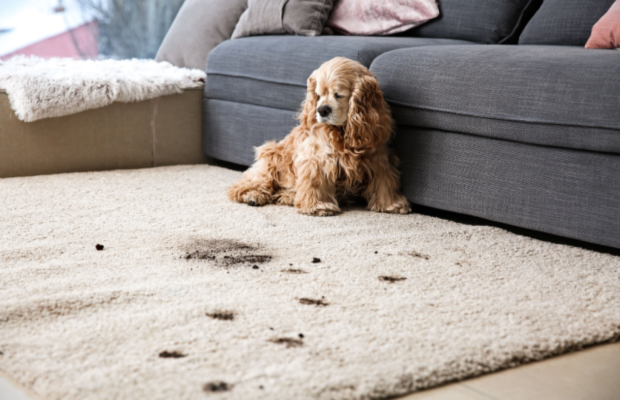The definition of the word ‘clean’ can vary from person to person, which is why most deposit disputes between landlords and tenants arise around the end of tenancy cleaning. It is the tenant’s responsibility to hand the property back over to the landlord in the same condition they found it in on move-in day, and most would prefer to do so without having to fork out for professional cleaning.
Tenants are not obligated to pay for professionals to clean the property if it is left in good condition. This is why a ‘deep clean’ is pinnacle, as dust and dirt can collect in every nook and cranny and is easy to miss during everyday clean-ups. Once you’ve packed up your personal items, you should tick all of these key cleaning steps off your checklist before handing the keys over:
Planning in advance
Cleaning an entire property from top to bottom can feel overwhelming, so it’s important to start planning early and budgeting for any necessary equipment. A deep clean will take more planning and effort than a typical spring clean, so make sure you allow yourself enough time, and factor in how long cleaning will take on top of your move.
One step at a time
The larger tasks in each room might call for your attention first and foremost, but the best protocol is to take things one room at a time. This way, you won’t find yourself overwhelmed and burnt-out early into the process, as cleaning from one room to the next allows a sense of order and you won’t end up forgetting the smaller details which matter just as much.
Deep cleaning
It’s best to make sure the property is completely empty before completing a deep clean, as personal items can get in the way, and you might end up having to go over the same areas more than once. A deep clean can match the results of professional cleaning if you put in the effort and attend to all of the essential tasks, these can include:
- Mopping floors and tiles
- Hoovering and steaming carpets and rugs
- Cleaning and polishing taps and other water fittings
- Removing cobwebs from walls, ceiling, and skirting boards
- Cleaning windows, doors, and handles
- Degreasing the hob, oven, and all components
- Dusting and polishing surfaces, such as tables and sideboards
- Removing limescale from sinks, showers, and bathtubs
- Scrubbing and disinfecting the toilet
- Removing mould from walls and tiles
- Wiping down kitchen cabinets and countertops
- Cleaning all appliances (kettles, toaster, and microwave etc)
- Emptying and cleaning the fridge and freezer
- Cleaning out large appliances like washing machines or dishwashers
- Emptying and cleaning bins (inside and outside ones)
- Sweeping and tidying outside areas
- Hoovering mattresses and sofa cushions
Check the cupboards and drawers
A kitchen can appear clean at a glance, but once you start opening things up, you’ll probably find that there is more work to be done. Make sure all the cupboards and drawers are completely empty and clear of any food residue or marks left by pots and pans. Try sticking to gentle cleaners such as dish soap and water as harsh chemicals, and too much water can damage the cabinets.
Defrost and descale
If your landlord provided the property with white goods, it’s your responsibility to leave them in the condition you found them in. You can descale the kettle by filling it with equal parts white vinegar and water and bringing it to a boil. As for the freezer, use disinfectant to ensure it’s completely clean before unplugging and leaving the door open to allow any ice build-up to melt.
If you’re considering the points within this article, you may be on the hunt for your next rental property. Browse the homes we have available HERE.


 By
By 



Share this with
Email
Facebook
Messenger
Twitter
Pinterest
LinkedIn
Copy this link